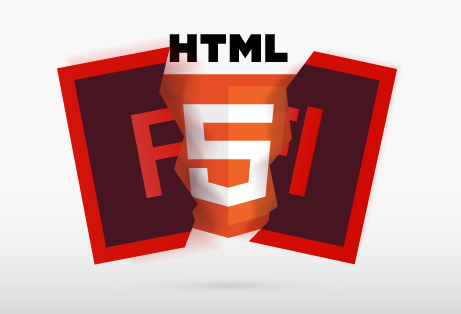Finally, It is Goodbye To The Tired and Insecure Flash Player as HTML5 Comes of Age
In May 2016, Google announced that Flash Player would die, at first slowly, and then, later on, it would be blocked by default on all websites apart from the top ten domains in the world. And that was a good thing, too, as many users were tired of those messages on Opera and other browsers always prompting us to update our flash players. Many web experts say that Flash was already dying, but the coup de grace came from Google when they said that sometime in 2016, their Chrome browser would start blocking Flash content by default.

HTML5 is much safer, and it is designed to protect users from downloading malicious content and Google is encouraging developers to consider using HTML5 to protect their customers. If the website visited is backed up by HTML5, users will not be prompted to enable Flash Player to access the content they need because Google will ignore Flash player. Rather, they will see HTML5 as if it is the default video player.
So what happens to people who want to use Flash Player? Actually, Flash is not really going to die, it is just that Chrome will block it on all sites running on HTML5 by default. It will still be there for people who would like to use it, only that they would have to enable it site by site. Just a few seconds of work and you will have it activated. However, unless you get a site telling you that you need Flash Player to access their content, you will most likely not want to use Flash after enjoying the sleek experience offered by HTML5.
But not every site will have Flash disabled. Apparently, there is power in numbers, as the top sites by traffic will not have their Flash disabled by default, but users can still choose to enable it. YouTube, Facebook, Yahoo, Twitch, Amazon, VK, OK.ru, Live.com, Mail.ru and Yandex.ru will not have their Flash Player disabled immediately, but they will only be allowed to use it for one year and then after that, it will be disabled.

What is the general consensus about Google blocking Flash? Many people say that Flash is a battery guzzler with many security faults, and therefore even if it is permanently blocked, no one will miss it as long as they have the sleeker, better, faster and more secure HTML5.
